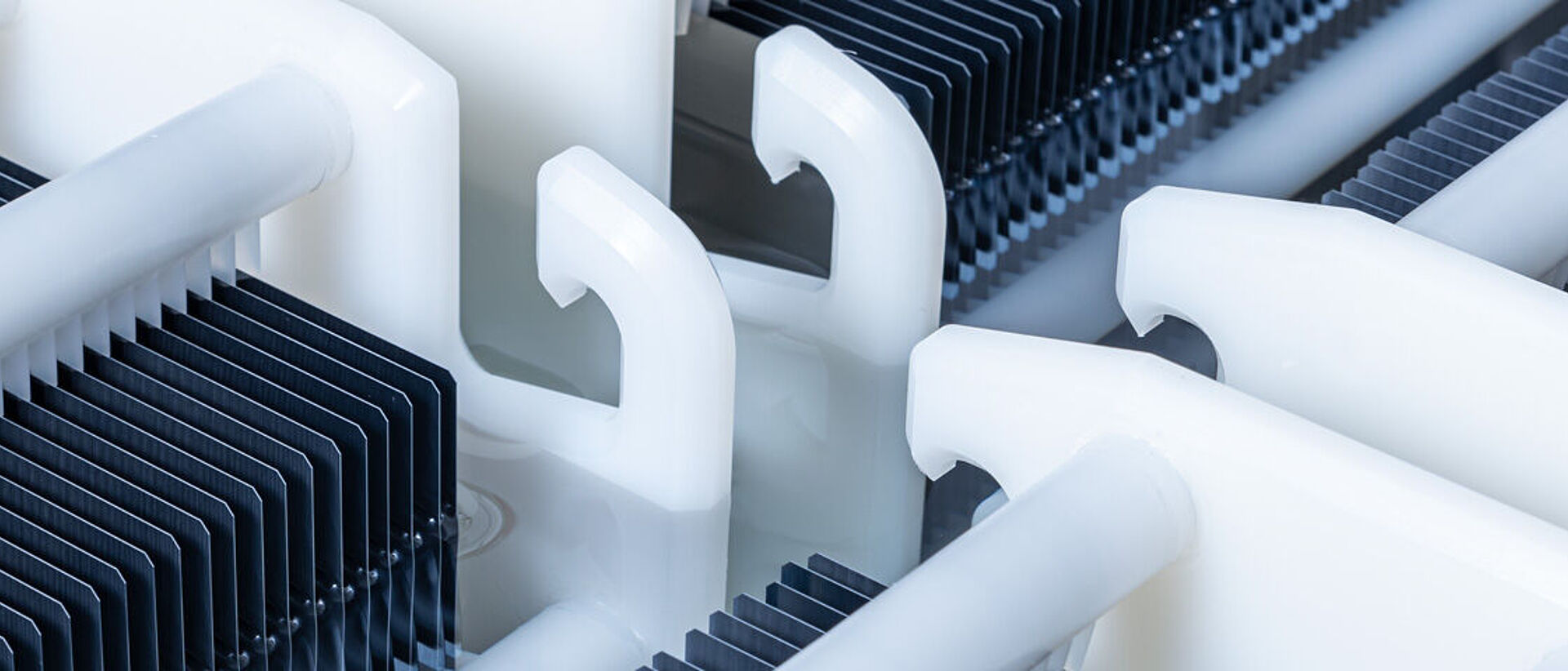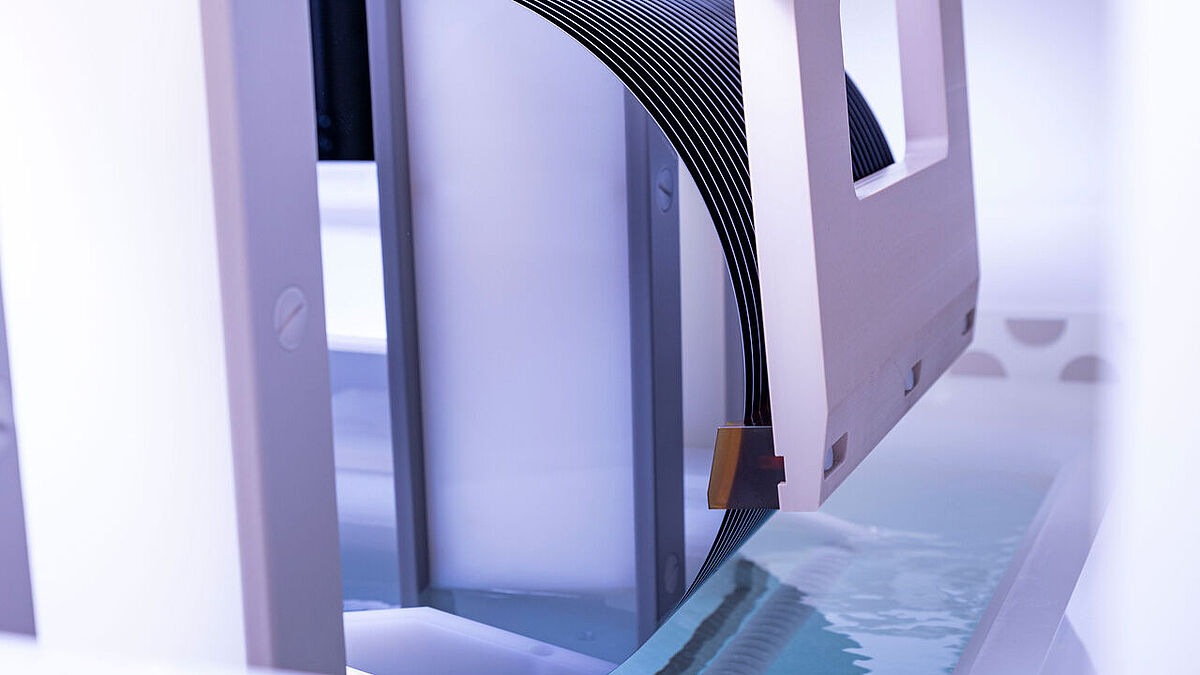Drying
Wafer drying processes are essential for final quality of un-patterned wafers as well as fabricated devices. The main application of wafer dryers are removing of remaining watermarks and rinsing off any residues from previous cleaning steps. A badly chosen drying step can result in surface contaminations and consequently degradation of process performance and yield. In other words, one has to be ensured that drying processes are not generating additional surface contaminations.


